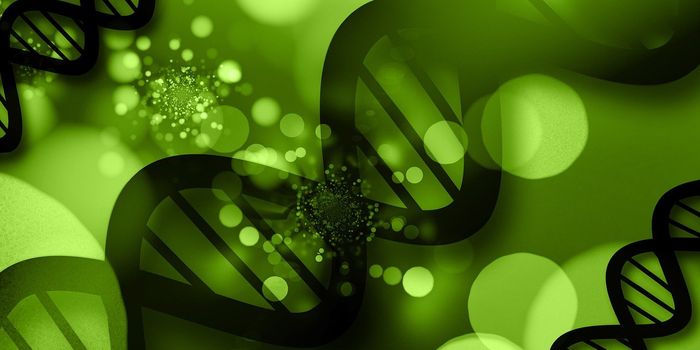Here Comes Summer: Skin Cancer & Sun Safety
Today kicks off Memorial Day weekend, a day many of us consider the “unofficial start of summer.” It also coincides with “Don’t Fry Day ,” a day recognized each year by the National Council on Skin Cancer Prevention (NCSCP). So today, Don’t Fry Day, and the Friday before Memorial Day, present a great time to educate, advocate, and bring awareness to sun safety and skin cancer prevention.
NCSCP’s website provides a wealth of resources to raise awareness of strategies for preventing skin cancer while still having fun in the sun. You can watch videos and download activities to help promote sun safety to children and adults.
Why is sun safety so important? Skin cancers encompass a variety of malignancies with varying degrees of severity. Overall, skin cancer remains the most common cancer in the United States and throughout the world. Skin cancers fit two broad categories: melanoma and non-melanoma skin cancer. Most non-melanoma skin cancers consist of either basal cell carcinoma (BCC) or squamous cell carcinoma (SCC). The incidence of melanoma, BCC, and SCC have all increased in the past three decades.
Melanoma, the deadliest form of skin cancer, grows in the skin cells that make pigment, known as melanocytes. Despite the aggressive nature of melanoma, it accounts for only about 1% of all skin cancer cases. However, most skin cancer mortalities result from cases of melanoma. Experts estimate over 100,000 new melanoma diagnoses and over 8,000 melanoma-related deaths in 2024. Blistering sunburn increases the risk of melanoma, particularly in men.
Non-melanoma skin cancers make up about 99% of skin cancer cases; fortunately, most cases are treatable. BCC forms the outer layer of the skin known as the epidermis and represents the most frequently diagnosed skin cancer. Skin cancer of the SCC variety grows in flat, thin cells in the tissue, forming the skin’s surface. Over 5 million BCC and SCC cases occur in the United States annually, and the number continues to rise year after year. Fortunately, deaths from BCC or SCC remain rare, with estimates ranging from 2,000 to 8,000 mortalities per year.
But don’t worry, sunshine isn’t all bad! Sun has many benefits, especially during this time of year when many regions experience warm and sunny weather for the first time after several months of colder and darker conditions. Sunlight provides vitamin D , the “sunshine vitamin,” which prevents many chronic illnesses, including cardiovascular disease and breast cancer. Sun exposure also increases serotonin levels, reducing emotional stress and improving moods.
Remembering sun safety becomes even more critical with the many benefits of getting out in the sun! So, don your favorite hat and sunglasses and get out and enjoy the sun this weekend! You might even consider hitting the shade during the hottest parts of the day. And as always, don’t forget the sunscreen!
Sources: J Am Acad Derm, CA, Am J Epidemiol, Env Res Public Health, Innov Clin Neurosci, J Affect Dissord









